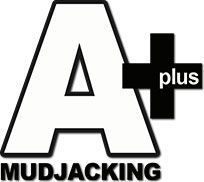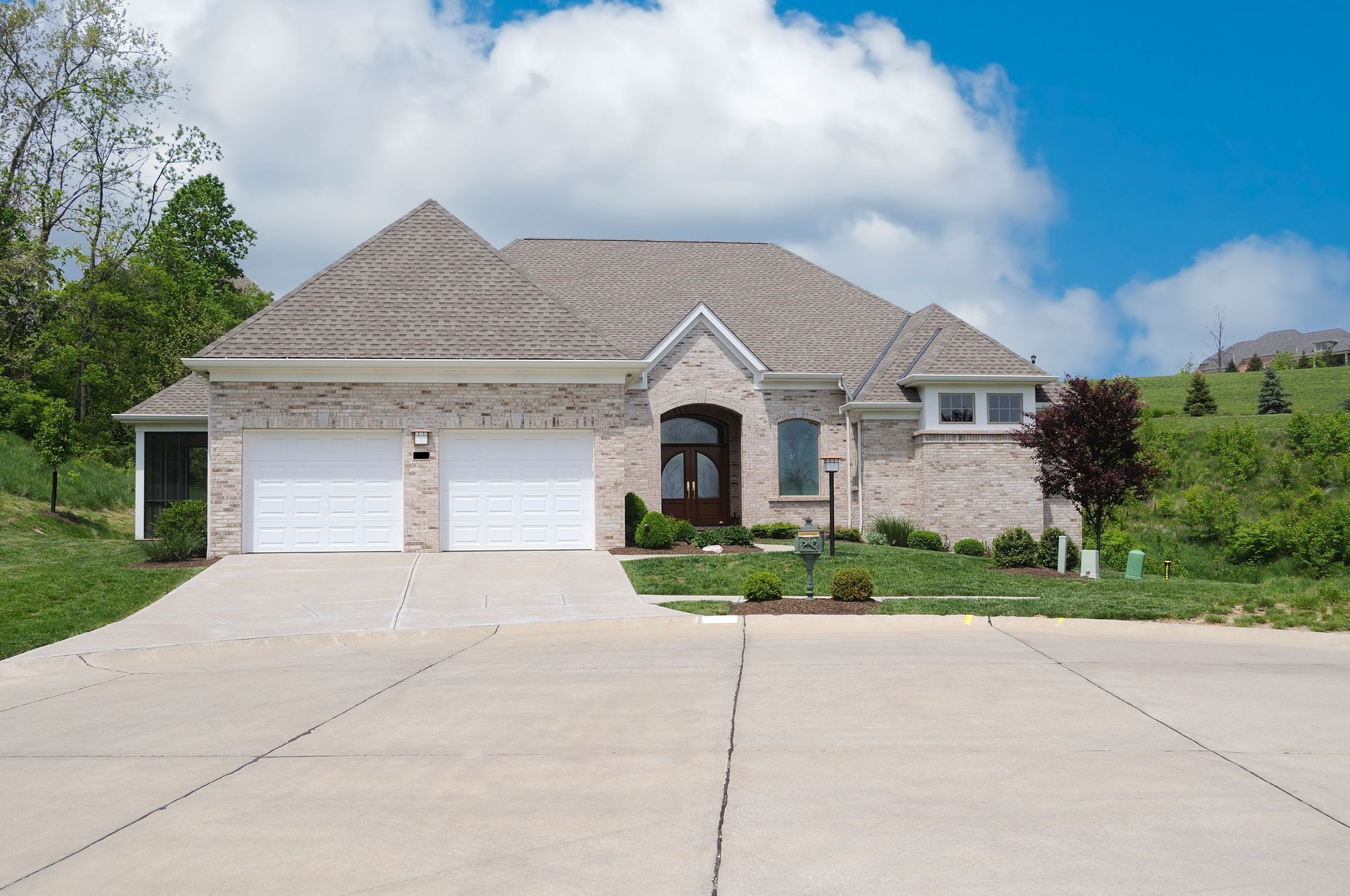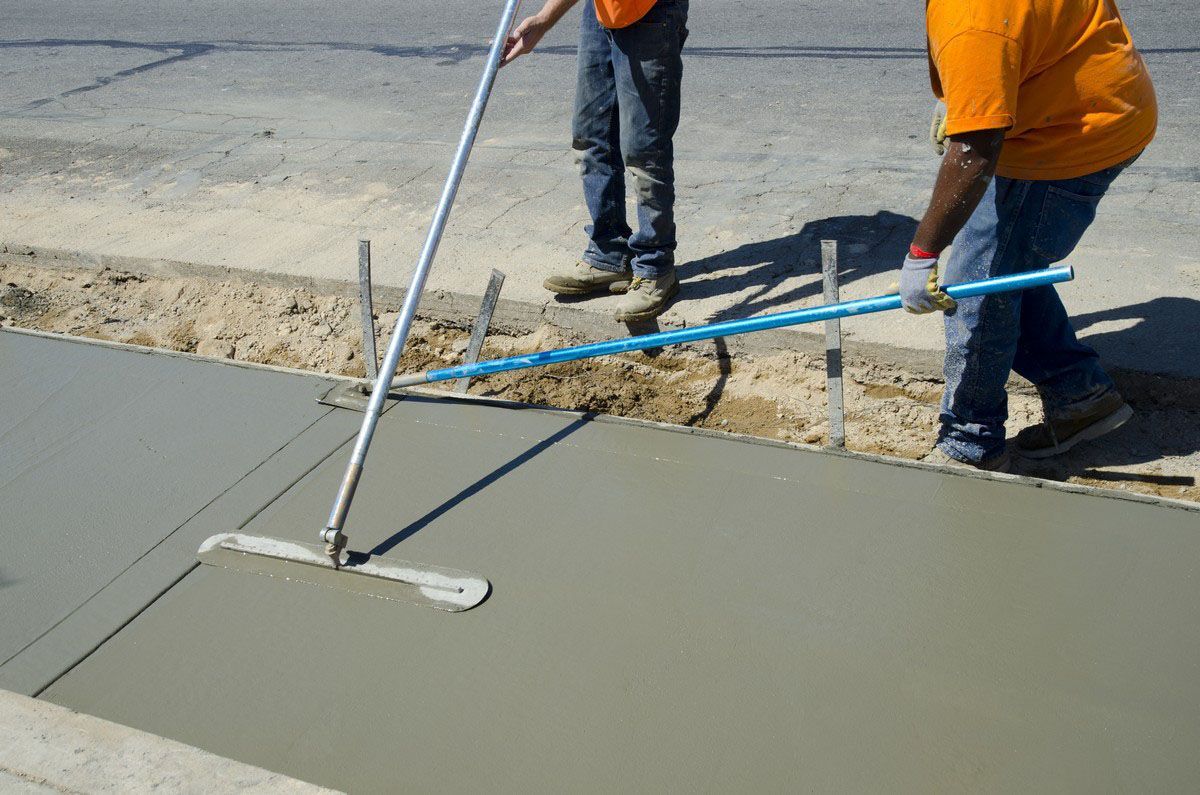August 15, 2025
Driveway maintenance is crucial for both safety and aesthetics. One effective way to address common driveway issues is through mudjacking, a process that lifts and levels concrete surfaces. This article explores key indicators that suggest your driveway may need mudjacking.
1. Identifying Cracks in the Surface
Understanding the Types of Cracks
Cracks in a driveway can come in various forms, each resulting from different causes. Hairline cracks are usually minor and caused by surface stresses, whereas larger cracks might indicate underlying structural issues. Random cracking often results from improper curing methods or poor mix proportions during construction. Sometimes cracks can form in a pattern, known as map cracking, which can be a sign of surface shrinkage. Understanding the nature and what causes these cracks is essential in determining the appropriate method for repair and maintenance.
Recognizing the Impact of Weather on Cracks
Weather conditions play a significant role in exacerbating existing cracks on your driveway. For example, freeze-thaw cycles in colder climates can widen and deepen cracks, as water seeps into them and expands when frozen. Similarly, hot, dry climates can cause concrete to expand and subsequently crack due to thermal stress. Seasonal weather changes thus put your driveway under continual stress, weakening it over time. Understanding this impact is crucial for determining the best time to apply corrective measures like mudjacking.
Knowing When Cracks Become a Problem
Not all cracks pose immediate danger, but when they start affecting the structural integrity, they become problematic. Cracks that allow for weed growth or water accumulation can expand and worsen if not promptly addressed. When you observe cracks that grow in length or width, it is a clear sign that professional intervention is necessary. Small, surface-level fixes may only serve as temporary solutions and not address the root of the problem. It is advisable to consult experts for a comprehensive assessment. According to Gitnux, the typical lifespan of reinforced concrete structures, such as bridges, exceeds 75–100 years with proper maintenance. This statistic underscores the importance of early detection and long-term care, as addressing structural concerns promptly can dramatically extend the durability and safety of concrete infrastructure.
Applying Preventative Measures
Prevention is always better than a cure, and this is especially true for concrete driveways. Regular maintenance procedures can help identify early signs of cracking. Applying sealants also helps prevent water infiltration, which exacerbates cracking. Ensuring proper construction methods, including adequate curing time, can also extend the lifespan of your driveway. Taking these precautions helps not only prevent further cracking but also delay the need for extensive repairs like mudjacking.
2. Addressing Uneven Surfaces
Identifying the Causes of Uneven Driveways
An uneven driveway is often the result of shifting soil or erosion beneath the concrete slab. Over time, the underlying ground can become unstable due to poor drainage or the decomposition of organic matter. Construction errors, such as inadequate compaction of the base material, can also contribute to surface unevenness. Settling is a common issue in driveways due to inconsistent soil compaction. These factors highlight the importance of a solid foundation to ensure long-term driveway stability.
Recognizing the Safety Hazards of Uneven Pavement
Uneven driveways pose several safety risks to pedestrians and vehicles alike. Thousands of trips and falls occur yearly due to uneven pavements, which may lead to severe injuries. For vehicles, uneven surfaces can cause tires to wear unevenly or lead to suspension issues. Additionally, this uneven surface may impact the drainage of the driveway, causing water pooling and increasing slip hazards. Addressing unevenness promptly is crucial to maintain safety for all users of the driveway.
3. Resolving Puddling and Drainage Issues
Identifying Drainage Issues
Water pooling or puddling on your driveway is a clear indication of drainage problems. Large puddles that remain after rain suggest that the driveway lacks a proper slope for water runoff. Erosion marks along the edges of the driveway also indicate poor drainage. Noting and identifying these issues early allows for more straightforward, less costly fixes compared to large-scale repairs. Addressing these drainage symptoms is crucial in maintaining the longevity of the driveway surface.
Ensuring Proper Slope and Elevation
Adequate slope and elevation are essential for efficient drainage and minimizing water pooling. Making sure your driveway is correctly sloped prevents water from settling and causing damage. Professional solutions, such as mudjacking, are effective in adjusting these slopes to facilitate water runoff. Performing regular inspections can help you address these slope issues before they become significant problems. Maintaining appropriate elevation is a proactive method for maintaining the driveway's health and drainage capability.
4. Repairing Dips and Depressions
Identifying Visible Dips
Dips or depressions in your driveway are often noticeable and can be another sign of underlying issues. It's essential to measure the depth and extent of these dips to evaluate the situation and decide on repairs. These dips can collect water, worsen drainage issues, and lead to further concrete deterioration. Observing any changes over time in the size of these depressions can highlight an urgent need for repair. Addressing dips quickly can mitigate further damage and save on future costs.
Understanding the Causes of Surface Depressions
Surface depressions can be caused by several factors, including the ground beneath settling from natural erosion or washout. Heavy loads from vehicles or machinery can exacerbate these depressions, particularly on poorly constructed or older driveways. Additionally, faulty installation, inadequate base materials, or weak concrete mixtures can lead to surface failure. Understanding these causes is crucial for prevention and determining the best repair approach. Whether it's poor soil quality or improper water drainage, addressing the root cause is critical to effective repair.
Evaluating the Effects on Driveway Longevity
Dips and depressions can significantly shorten the driveway’s lifespan by expanding water infiltration zones and facilitating erosion. As water accumulates in these depressions, it can seep through and erode the underlying base. Over time, this weakens the driveway's structural integrity, facilitating the growth of cracks and other issues. Repairing depressions is thus pivotal in prolonging driveway life. Opting for an effective repair solution protects both immediate functionality and long-term durability.
Assessing the Severity of Dips
A precise assessment of the severity of dips will inform the correct course of action. Measure the depth and extent of the depressions and compare this with standard regulations or guidelines for driveways. Widespread, deep dips may necessitate more in-depth repair solutions versus small, isolated depressions. Consulting professionals for an accurate evaluation often provides valuable insight. This assessment assists in determining whether mudjacking, replacement, or other methods are required for repair.
5. Exploring Cost-Effective Repair Solutions
Considering the Affordability of Mudjacking
Mudjacking is a highly affordable and non-invasive method for repairing common driveway issues. Compared to full concrete replacement, which can be time-consuming and expensive, mudjacking is often completed in just a few hours at a fraction of the cost. It uses fewer materials and avoids demolition, making it both efficient and environmentally friendly. Homeowners looking for a fast, budget-conscious repair method should consider mudjacking as a smart alternative.
6. Maximizing Driveway Lifespan and Value
Extending the Life of Your Driveway
When performed correctly, mudjacking not only restores the driveway’s surface but also reinforces its foundation. This prolongs the lifespan of your driveway, reduces the risk of recurring issues, and ensures safe usage for years to come. Combined with regular maintenance, mudjacking contributes to preserving property value while enhancing curb appeal.
Maintaining a safe, level, and attractive driveway is essential for both curb appeal and everyday function. From identifying cracks and dips to correcting poor drainage and uneven surfaces, timely intervention can prevent minor issues from escalating into costly repairs. Mudjacking offers a reliable, cost-effective solution to many of these common problems, restoring both the integrity and appearance of your concrete surfaces.
At APlus Mudjacking, we’re dedicated to helping homeowners make smart, lasting improvements with expert mudjacking services. Whether your driveway is showing signs of wear or you simply want peace of mind, our team is here to lift, level, and protect what matters most. Contact us today to schedule your consultation and get your driveway back on solid ground.




